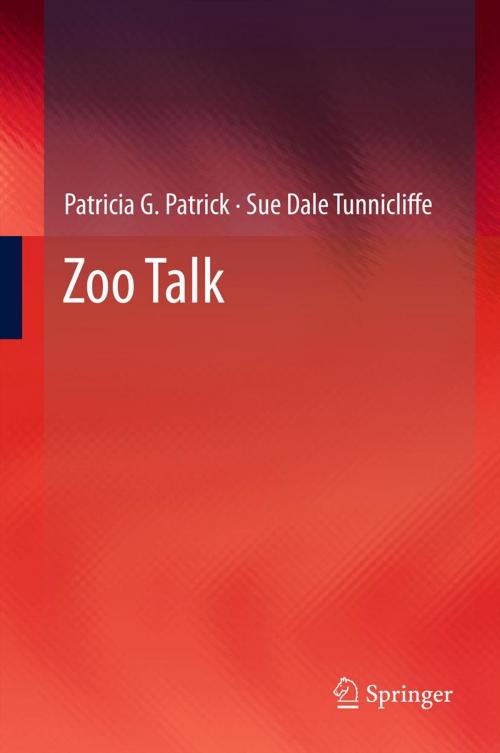Zoo Talk
Nonfiction, Science & Nature, Science, Other Sciences, Study & Teaching, Reference & Language, Education & Teaching, Teaching, Teaching Methods| Author: | Patricia G. Patrick, Sue Dale Tunnicliffe | ISBN: | 9789400748637 |
| Publisher: | Springer Netherlands | Publication: | September 28, 2012 |
| Imprint: | Springer | Language: | English |
| Author: | Patricia G. Patrick, Sue Dale Tunnicliffe |
| ISBN: | 9789400748637 |
| Publisher: | Springer Netherlands |
| Publication: | September 28, 2012 |
| Imprint: | Springer |
| Language: | English |
Founded on the premise that zoos are ‘bilingual’—that the zoo, in the shape of its staff and exhibits, and its visitors speak distinct languages—this enlightening analysis of the informal learning that occurs in zoos examines the ‘speech’ of exhibits and staff as well as the discourse of visitors beginning in the earliest years. Using real-life conversations among visitors as a basis for discussion, the authors interrogate children’s responses to the exhibits and by doing so develop an ‘informal learning model’ and a ‘zoo knowledge model’ that prompts suggestions for activities that classroom educators can use before, during, and after a zoo visit.
Their analysis of the ‘visitor voice’ informs creative suggestions for how to enhance the educational experiences of young patrons. By assessing visitors’ entry knowledge and their interpretations of the exhibits, the authors establish a baseline for zoos that helps them to refine their communication with visitors, for example in expanding knowledge of issues concerning biodiversity and biological conservation. The book includes practical advice for zoo and classroom educators about positive ways to prepare for zoo visits, engaging activities during visits, and follow-up work that maximizes the pedagogical benefits. It also reflects on the interplay between the developing role of zoos as facilitators of learning, and the ways in which zoos help visitors assimilate the knowledge on offer. In addition to being essential reading for educators in zoos and in the classroom, this volume is full of insights with much broader contextual relevance for getting the most out of museum visits and field trips in general.
Founded on the premise that zoos are ‘bilingual’—that the zoo, in the shape of its staff and exhibits, and its visitors speak distinct languages—this enlightening analysis of the informal learning that occurs in zoos examines the ‘speech’ of exhibits and staff as well as the discourse of visitors beginning in the earliest years. Using real-life conversations among visitors as a basis for discussion, the authors interrogate children’s responses to the exhibits and by doing so develop an ‘informal learning model’ and a ‘zoo knowledge model’ that prompts suggestions for activities that classroom educators can use before, during, and after a zoo visit.
Their analysis of the ‘visitor voice’ informs creative suggestions for how to enhance the educational experiences of young patrons. By assessing visitors’ entry knowledge and their interpretations of the exhibits, the authors establish a baseline for zoos that helps them to refine their communication with visitors, for example in expanding knowledge of issues concerning biodiversity and biological conservation. The book includes practical advice for zoo and classroom educators about positive ways to prepare for zoo visits, engaging activities during visits, and follow-up work that maximizes the pedagogical benefits. It also reflects on the interplay between the developing role of zoos as facilitators of learning, and the ways in which zoos help visitors assimilate the knowledge on offer. In addition to being essential reading for educators in zoos and in the classroom, this volume is full of insights with much broader contextual relevance for getting the most out of museum visits and field trips in general.















